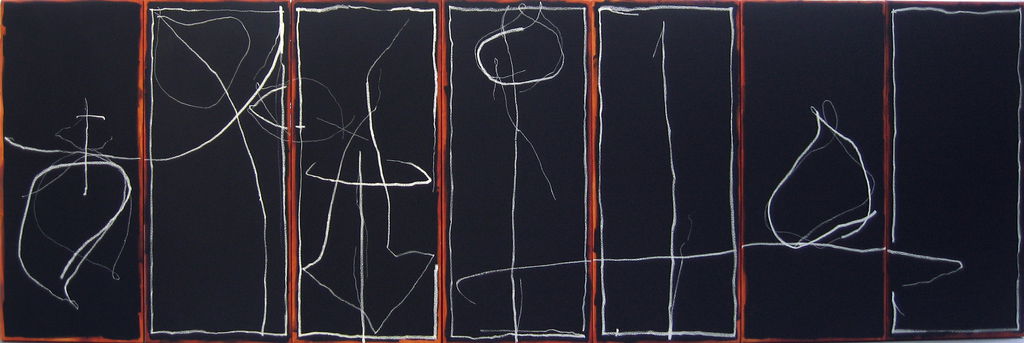Home
Exhibitions
Piper & Clarke - Stained Glass: Art or Anti-Art
Piper & Clarke - Stained Glass: Art or Anti-Art
The Verey Gallery, Eton Chapel and Schools, Eton College, Windsor, United Kingdom
16 Nov 2013 - 07 Apr 2014
Piper & Clarke - Stained Glass: Art or Anti-Art at Eton College followed on from the eight windows that John Piper and Patrick Reyntiens replaced at Eton College Chapel, following Second World War bombings. Named after Piper’s seminal text Stained Glass: Art or Anti-Art (1988), the exhibition also includes a selection of Brian Clarke’s stained glass.
Provost William Waldegrave said:
‘This exhibition celebrates Piper and Reyntiens' work by bringing together in the Verey Gallery for the first time the cartoons from which Piper and Reyntiens worked, the watercolours by Piper setting out his ideas (never before exhibited together) and much other material. But it does more than that. In a real sense, Piper handed on to Brian Clarke the baton of being Britain’s greatest glass artist.’
The exhibition constituted the artists’ first joint show together, fulfilling a decades-old ambition. Clarke spoke about this in 2013:
‘John Piper and I spoke on several occasions about exhibiting together, but the closest we came was the historical show we co-curated with Martin Harrison for The Festival of The City of London, 'GLASS/LIGHT' in 1978. It was a ground-breaking event that introduced for the first time the work of the post-war German artists working in stained glass alongside Cocteau, Frank Lloyd Wright, Van Doesburg, Thorn Prikker, Chagall and historical works drawn from a thousand years of the medium. The exhibition at Eton is our first real joint show and within the obvious limitations of location modestly seeks to fulfil a decades-old ambition. Piper and I shared a keen interest in architecture art history and humour and though our work might reasonably be described as worlds apart, we were united by an unshakable belief that being an artist carries with it profound responsibilities that impact upon every aspect of daily life. Piper's sensitivity and intelligence as an artist made Piper the man irresistible. Poetry in all its expressions was the authority to which he reported. I share the same allegiances. We were allies in stained glass as we were in so many things that characterise the artistic life.’



